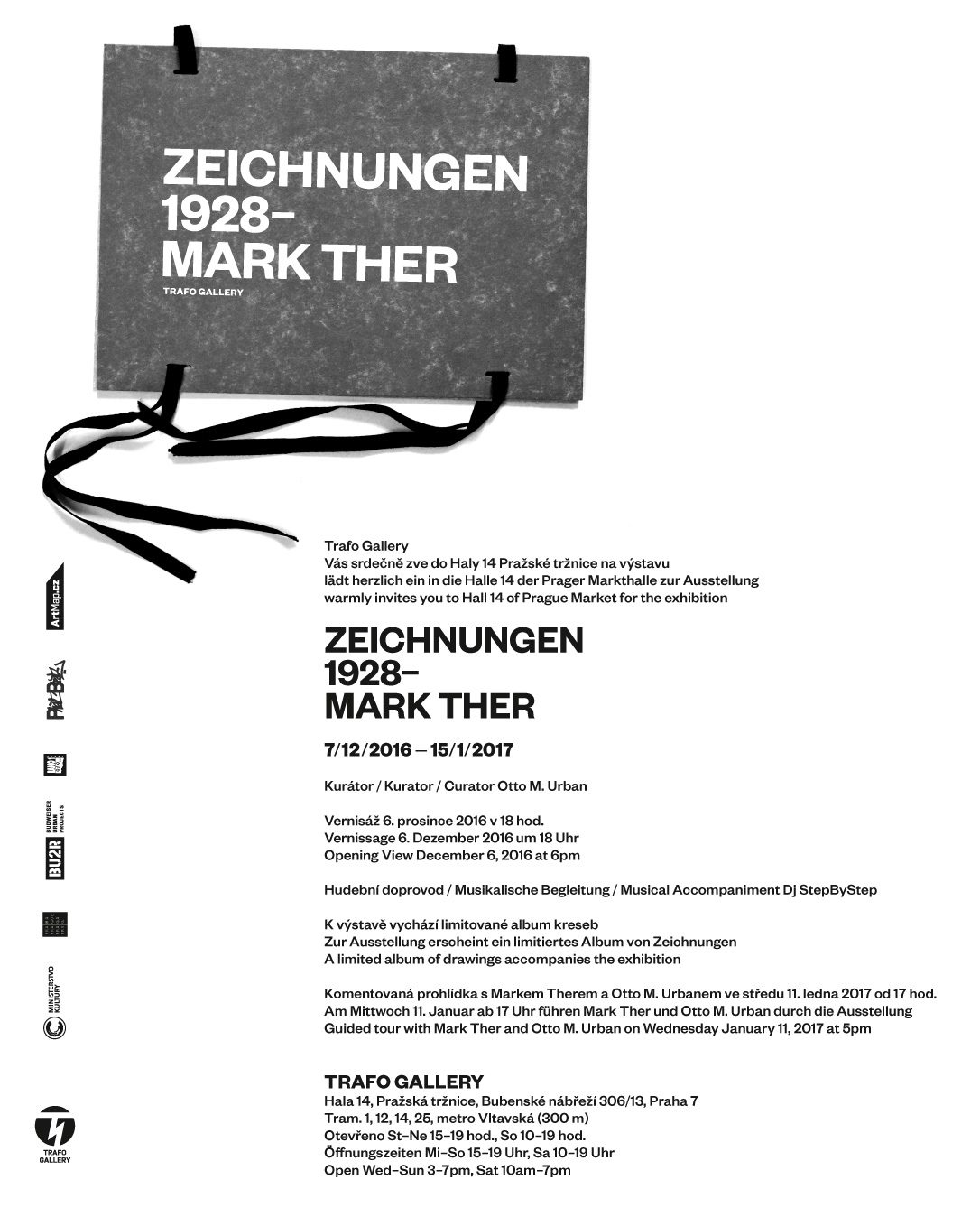Mark Ther

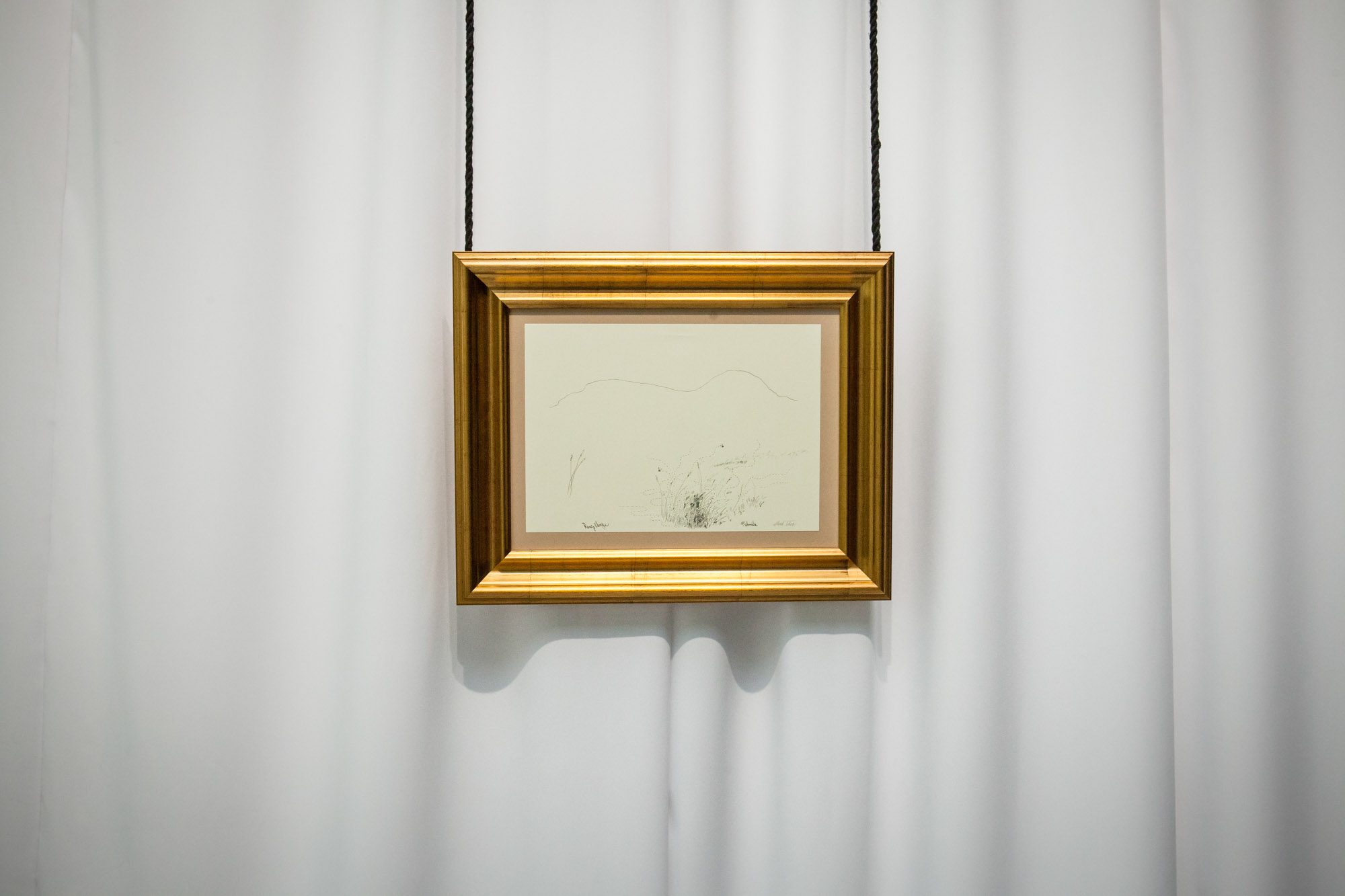
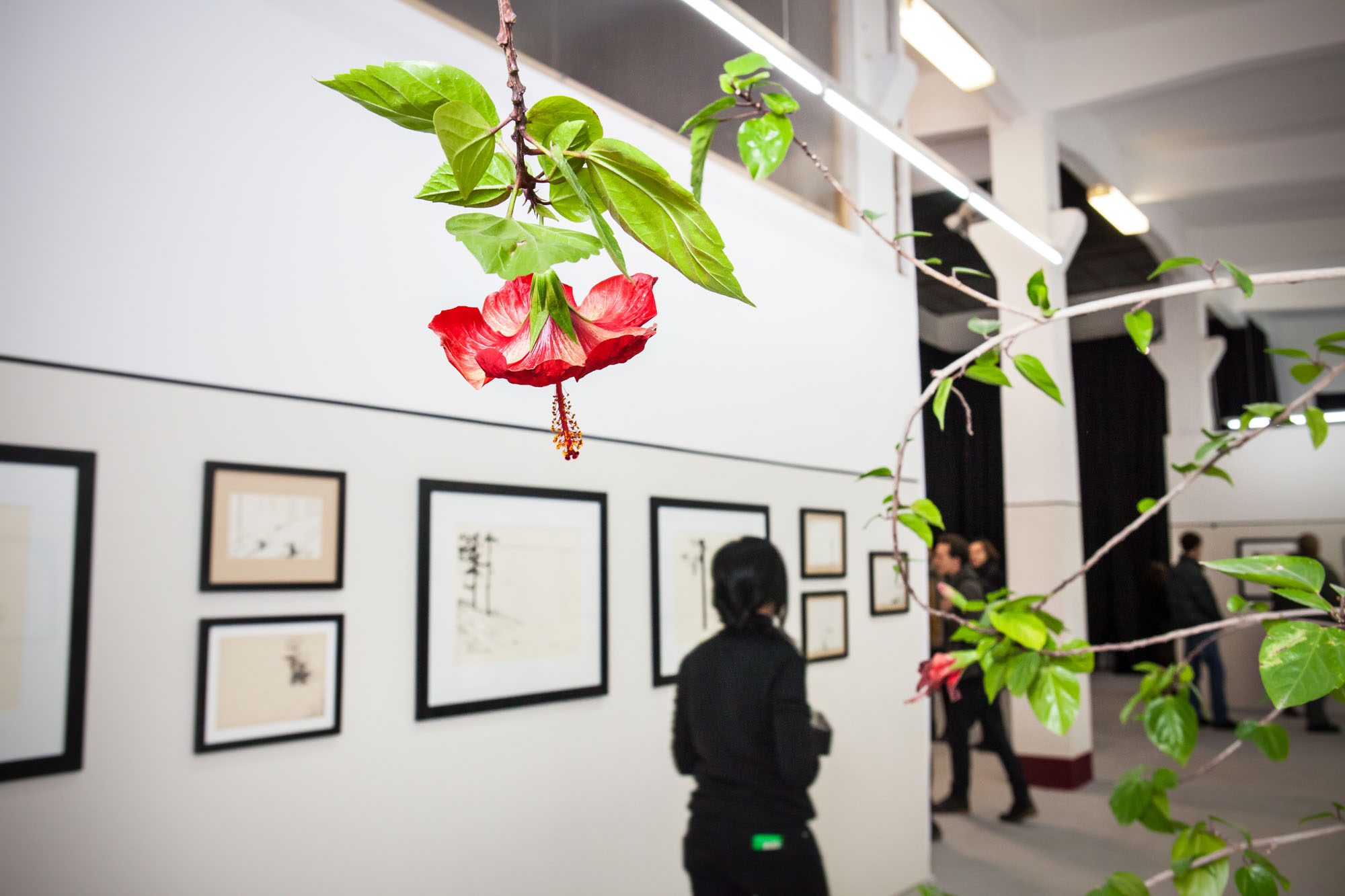
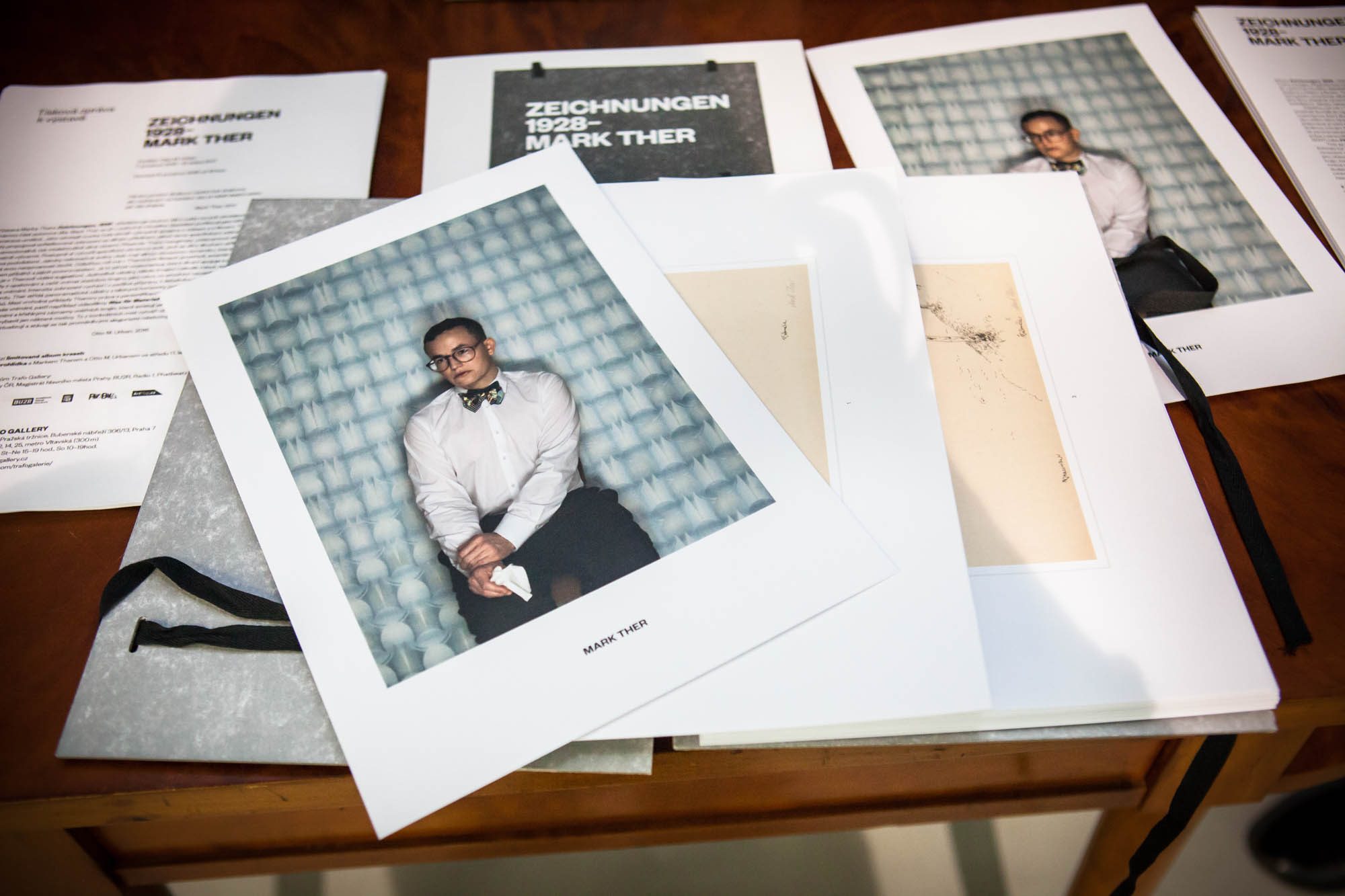
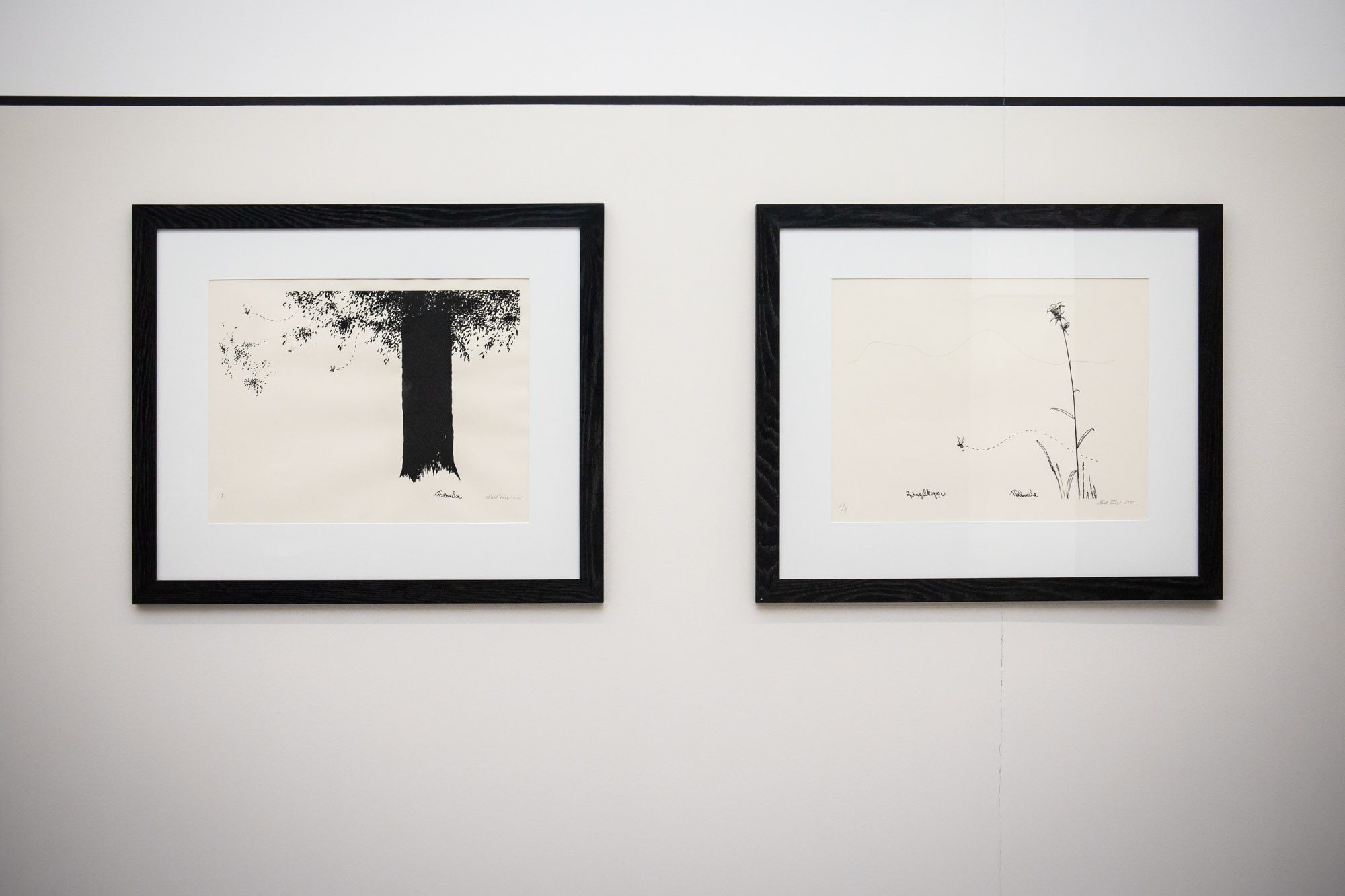
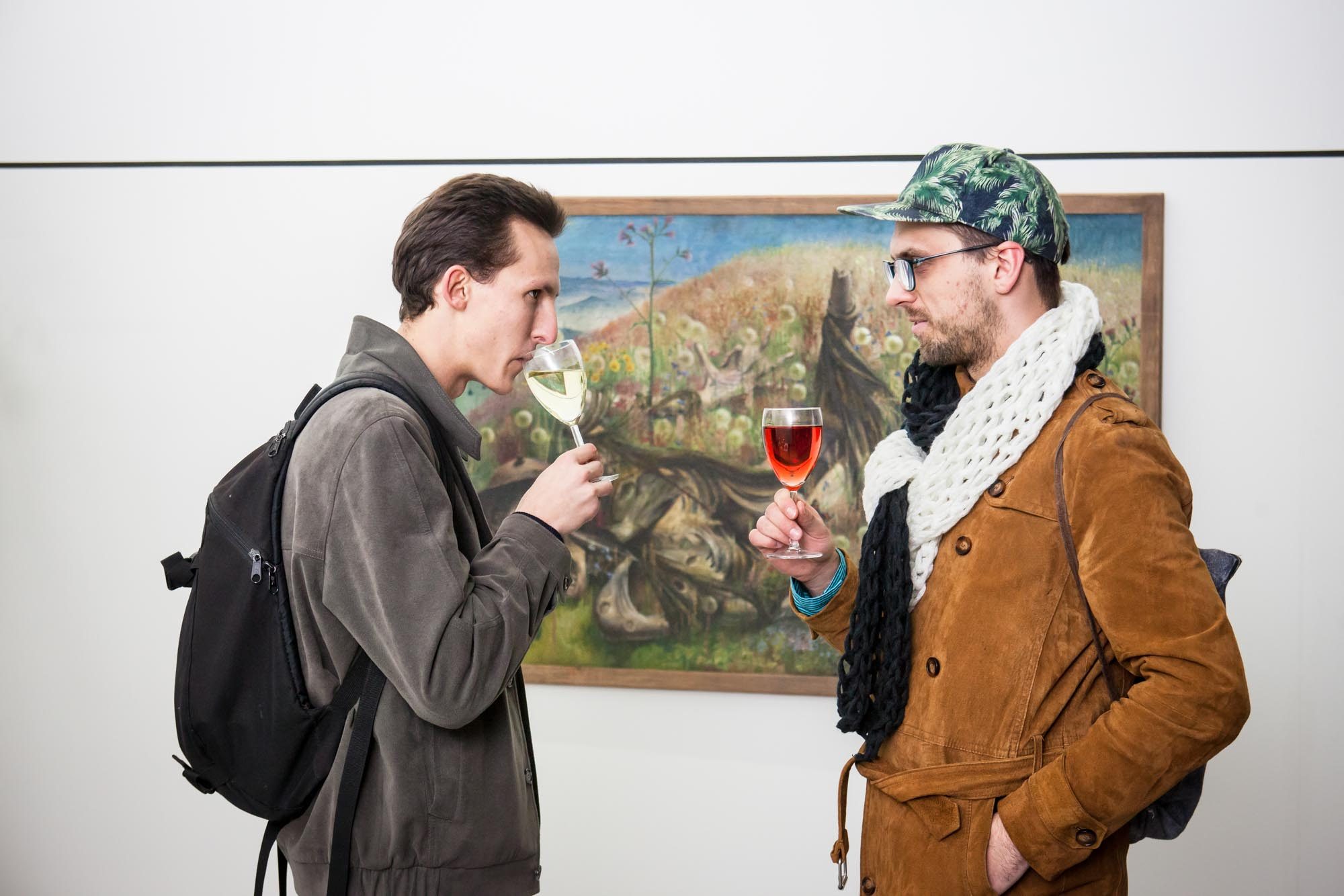
The exhibition Mark Ther Zeichnungen, 1928 - presents a collection of works from the cycle of new silkscreen drawings, i.e. a little-known part of the author's work. Already in the middle of the last decade, Mark Ther profiled himself as a key representative of the emerging generation of artists. His work at that time was almost exclusively connected with video and film. In his "video films", Ther always connected a sophisticated display with a strong story, the theme of which he enhanced with a specific display, giving it both an emotional and intellectually strong background. Although Ther was not interested in "video art effects", his films were and are highly artistic. He gradually created a specific visual world, which, thanks to long cuts, persistently enters the viewer's subconscious. The seemingly endless scenes, however, have a strong visual dynamic, which gradually becomes stronger and begins to attack the viewer with its relentlessness. The environment plays an important role in Ther's films, exteriors and interiors are actually a certain builder of stories and their observer. It's a kind of voyeurism that associates viewing with understanding and pleasure. The landscape in particular is evocative in Ther's vision. Individual shots, sometimes lasting several minutes, force the viewer to overcome initial feelings of boredom from repetition and begin to perceive the static landscape as something that undergoes constant change depending on the intensity of the viewer's perception. The intensity of the display also comes from careful preparation, from the detailed rendering of individual scenes, from the film storyboard. Ther alternates panoramic shots with close horizons, views into the interior of the forest with details of trees, roots, flowers and mosses. Prime examples of Ther's work with the personification of the landscape as an omnipresent demon that influences and determines our perception include, for example, the video films Was für Material! (2007) or Pflaumen (2011). His new drawings are fragmentary and fragile records of inner landscapes that exist only in their rough outlines, in memories that can only recall certain motifs. This creates more general symbols from specific places, which they update with their search for lost time, becoming shifting allegories relativizing the tension between past and present.
